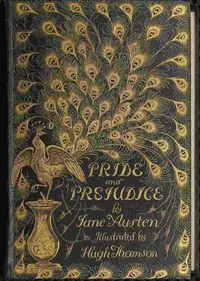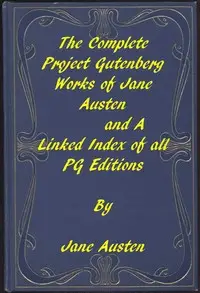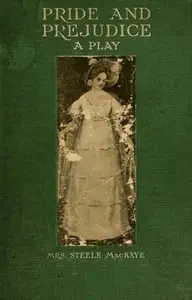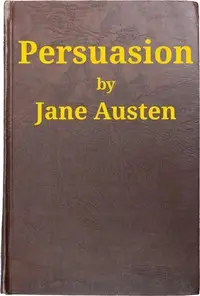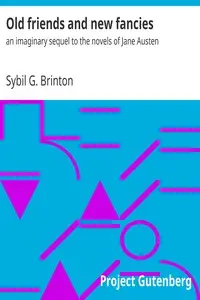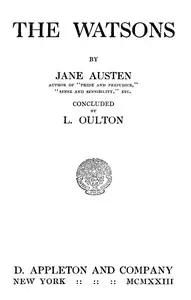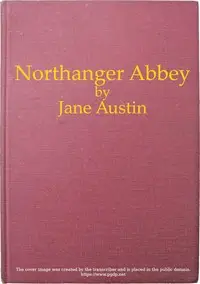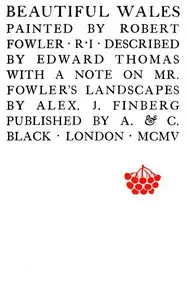"Pride and Prejudice" by Jane Austen is a story set in the 1800s, humorously examining society's views on marriage and human connections through the Bennet family, especially the smart Elizabeth Bennet. The book looks at love, social class, and overcoming bias to find real happiness. It starts with Mrs. Bennet's eagerness to find husbands for her five daughters, particularly focusing on the rich newcomer Mr. Bingley. Mr. Bennet teases his wife, showing their different personalities. As news of Mr. Bingley's wealth spreads, he quickly attracts the attention of families in the area who are keen to marry off their daughters. The interactions within the Bennet family introduce the book's humorous but observant style when it comes to society's behaviors. Through clever conversations and sharp observations, Austen sets the stage to explore both class and dating in that time.

Pride and Prejudice
By Jane Austen
In a world obsessed with wealth and status, a spirited young woman challenges societal expectations as she navigates love and prejudice to find her own path.
Summary
About the AuthorJane Austen was an English novelist known primarily for her six novels, which implicitly interpret, critique, and comment upon the English landed gentry at the end of the 18th century. Austen's plots often explore the dependence of women on marriage for the pursuit of favourable social standing and economic security. Her works are implicit critiques of the novels of sensibility of the second half of the 18th century and are part of the transition to 19th-century literary realism. Her use of social commentary, realism, wit, and irony have earned her acclaim amongst critics and scholars.
Jane Austen was an English novelist known primarily for her six novels, which implicitly interpret, critique, and comment upon the English landed gentry at the end of the 18th century. Austen's plots often explore the dependence of women on marriage for the pursuit of favourable social standing and economic security. Her works are implicit critiques of the novels of sensibility of the second half of the 18th century and are part of the transition to 19th-century literary realism. Her use of social commentary, realism, wit, and irony have earned her acclaim amongst critics and scholars.

![Love and Freindship [sic] by Jane Austen](https://cdn.a2-host.cloud/4b_NTPONa0CloH_1LlwwVH-JTm2OjQTPunnkg4ncj-I/rs:fill:215:325:0/g:ce/aHR0cHM6Ly9zcC1hc3NldHMuczMudXMtd2VzdC0wMDQuYmFja2JsYXplYjIuY29tL2Jvb2svMTIxMi9Mb3ZlX2FuZF9GcmVpbmRzaGlwX3NpY19jb3Zlci5qcGc.webp)
